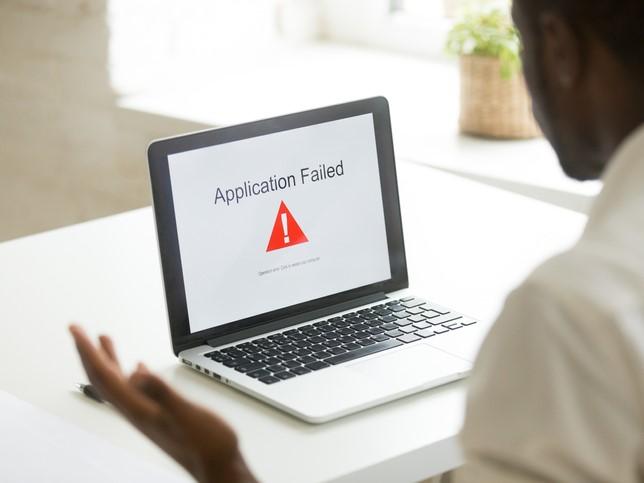In designing a master’s in the Internet of Things (IoT), we wanted to cover the theoretical knowledge and practical application needs of a professional who is going to work with this technology while ensuring compatibility with their professional and personal life.
The course we have developed at Nuclio Digital School in Madrid, Spain, is intended to overcome a gap in technology training. There were not enough professionals in the market with the necessary knowledge to assume positions such as IoT solutions architect, IoT consultant or programmer of intelligent devices.
- Meaning making: how universities can boost the uptake of edtech among faculty
- University-edtech collaboration: how to leverage the best of both worlds
- Five key elements that drive student online engagement
Developing the course took months and included elements such as: ensuring topics and modules met end-to-end industry needs; interviewing professionals to identify skills gaps; and designing flexible online and live-streamed delivery.
Researching content
The IoT master’s course is based on topics and modules that cover the end-to-end of an IoT solutions implementation project. The objective is that the students acquire a complete understanding of IoT technology and have all the necessary tools to work and develop their professional profile in any field related to this technology. To ensure our content was up to date and relevant to the needs of the market, we interviewed industry professionals, held focus groups with industry experts, drew on personal experience and looked at existing courses.
We also used my experience as director of IoT solutions development in different companies and the experience of the professors as developers of IoT systems, platforms and devices to identify the areas of knowledge demanded by the market. In my career, I have been responsible for the implementation of IoT solutions in large companies (such as Telefónica, BBVA, Ferrovial or Cepsa), and I have found it quite difficult to find experts in this area.
We also researched other available training programmes to validate our approach, and we believe that our programme covers the main points focused on by other programmes, yet we have a practical approach and a business vision that stand out. This allows us to capture the interest of students with different profiles: recent graduates who want to start their professional career in the IoT world, technical or STEM professionals with IoT knowledge who want to refocus their career or acquire new skills, and professionals from other non-technological sectors who want to make a complete turnaround in their career.
Adapting delivery to our students
We have designed the programme to be delivered in online and live-streaming mode so as to offer maximum flexibility to students in terms of place and environment. Live-streaming allows students to receive personalised attention. During the 16-week course, students study eight modules that cover the design and manufacture of intelligent devices, implementation of IoT systems with edge-computing technology, cloud, cybersecurity standards and applications in different sectors.
Students learn through practice; exercises help them consolidate the learning process so their knowledge can be put to use immediately.
That is why we will have tools to connect by video conference such as Zoom or Google Meet, functionalities such as virtual rooms (so students can work in groups privately) and functionalities for remote collaborative work such as Mentimeter or Miro. In addition, teachers have high-resolution cameras and high-quality microphones to ensure the quality of communication. We will also have cloud laboratory spaces for students to practise and develop exercises with sensors and complete IoT system simulators, and physical laboratories at the school headquarters, where students can connect remotely to configure and manipulate IoT devices and see how they behave through video-streaming.
Regarding the content of the master’s, the school works hand in hand with the programme director to create the curriculum that best suits the needs of our students.
The class schedule allows students to combine the training with work and family obligations. Online classes are accessible from home or any location; the sessions are outside working hours and on alternate days, so students can rest and get acquainted with new knowledge. This approach means that although the training is quite intense in terms of the number of hours, students can keep up with the pace, and even finish each session looking forward to starting the next one.
Our teaching staff are industry professionals who have worked in different IoT projects over the years and who have expertise in each module of the master’s. In addition, they all have experience teaching in other entities or training employees in their own companies. We are also training them to improve their communication skills and reinforce different aspects of their teaching role, such as new teaching methodologies, oratory, gamification or group dynamics.
The final course
We believe that Nuclio Digital School’s IoT master’s offers:
- a dual focus, with a practical vision and strong technical base
- a business approach and applications
- related technologies such as blockchain and artificial intelligence
- courses in programming in the most sought-after software and programming languages in the market
- young faculty who work in designing and implementing IoT solutions in large companies, and are leaders in their sector, with previous teaching experience
- a vision fully adapted to the new digital era
- masterclasses with experts who tell us how they are applying IoT technology in large multinationals.
The course design took months of work, but I believe the result has been worth it. We have a product that will be positioned as a global benchmark in IoT training because of the powerful team that has collaborated on its design, from the Nuclio Digital School team which has extensive experience developing high-impact training in digital transformation and new technologies, and from the team of teachers who prepare and teach the classes.
Daniel Garrote is director of the Master’s in Internet of Things at Nuclio Digital School in Spain.



comment